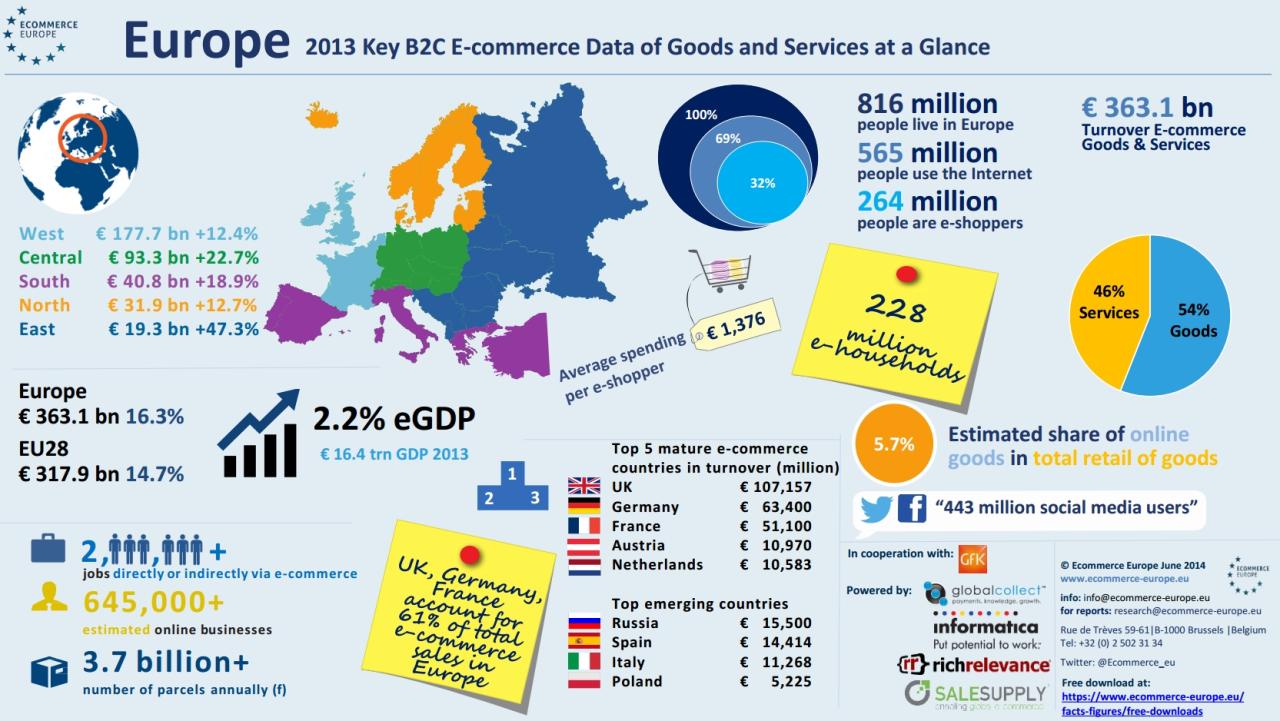Delving into Best Market Trading Strategies for High Returns, this introduction immerses readers in a unique and compelling narrative, with casual formal language style that is both engaging and thought-provoking from the very first sentence.
As we explore the realm of market trading strategies, we uncover the keys to maximizing returns and navigating the complexities of financial markets with precision and expertise.
Overview of Market Trading Strategies
When it comes to market trading, having a well-defined strategy is crucial for success. There are various types of trading strategies that traders can employ based on their risk tolerance, investment goals, and market conditions. Let's explore some of these strategies and the importance of having a solid plan in place.
Different Types of Market Trading Strategies
- Day Trading: Involves buying and selling financial instruments within the same trading day to capitalize on short-term price movements.
- Swing Trading: A strategy that focuses on capturing short- to medium-term gains in a stock or financial instrument over a period of days to weeks.
- Position Trading: Traders hold positions for an extended period, often weeks to months, based on long-term trends and fundamental analysis.
- Algorithmic Trading: Utilizes computer algorithms to execute trades automatically based on pre-defined criteria.
Importance of Having a Well-Defined Trading Strategy
Having a well-thought-out trading strategy helps traders stay disciplined, manage risk effectively, and make informed decisions. It provides a roadmap for navigating the complexities of the financial markets and can help traders achieve their financial goals.
Impact of Market Conditions on Trading Strategies
Market conditions play a significant role in the effectiveness of trading strategies. Volatile markets may favor short-term strategies like day trading, while stable markets may be more conducive to position trading. Traders need to adapt their strategies based on market conditions to maximize returns and minimize risks.
Fundamental Analysis Strategies
Fundamental analysis is a method used in trading to evaluate the intrinsic value of an asset by examining related economic, financial, and qualitative factors that could influence its price in the market. This analysis is based on the idea that the market price of an asset may not always reflect its true value, allowing traders to identify potential opportunities for profit.
Key Fundamental Analysis Indicators
- Economic Indicators: These include factors such as GDP growth, inflation rates, employment data, and interest rates, providing insight into the overall health of an economy and how it may impact asset prices.
- Company Financials: Analyzing a company's financial statements, including revenue, earnings, and profit margins, can help traders assess its financial performance and potential for growth.
- Industry Trends: Understanding trends and developments within a specific industry can help traders identify opportunities or risks that could impact the performance of related assets.
- Market Sentiment: Monitoring market sentiment through surveys, news sources, and social media can provide valuable insights into investor attitudes and potential market movements.
Incorporating Fundamental Analysis into Trading Decisions
Traders can incorporate fundamental analysis into their decision-making process by using a combination of these key indicators to assess the value of an asset and make informed trading choices. By staying informed about economic developments, company performance, industry trends, and market sentiment, traders can better understand the factors influencing asset prices and identify potential opportunities for profit.
Technical Analysis Strategies

Technical analysis plays a crucial role in market trading by analyzing historical price movements and volume data to forecast future price trends.
Popular Technical Indicators
- Simple Moving Average (SMA): A basic indicator that calculates the average price over a specific period to identify trends.
- Relative Strength Index (RSI): Measures the speed and change of price movements to indicate overbought or oversold conditions.
- Bollinger Bands: Consist of a simple moving average with upper and lower bands to signal potential price breakouts.
- MACD (Moving Average Convergence Divergence): Utilizes moving averages to identify trend reversals and momentum shifts.
Using Technical Analysis for Entry and Exit Points
Technical analysis helps traders identify optimal entry and exit points in trades by utilizing various indicators to confirm trends and momentum. Traders can use support and resistance levels, chart patterns, and trendlines to make informed decisions on when to enter or exit a trade.
Risk Management Techniques
Effective risk management is crucial in trading to protect capital and ensure long-term success. By implementing proper risk management techniques, traders can minimize losses and maximize profits.
Diversification
Diversification is a key risk management strategy that involves spreading investments across different assets to reduce overall risk. By diversifying your portfolio, you can lower the impact of a single investment performing poorly.
Stop-Loss Orders
Stop-loss orders are tools used to automatically sell a security when it reaches a certain price, limiting the trader's losses. Setting stop-loss orders helps traders control risk and avoid emotional decision-making
Position Sizing
Position sizing involves determining the amount of capital to risk on each trade based on the size of your trading account and the risk tolerance. By sizing positions appropriately, traders can manage risk effectively and avoid catastrophic losses.
Risk-Reward Ratio
The risk-reward ratio is a measure used to assess the potential return of a trade compared to the risk taken. A common rule of thumb is to aim for a risk-reward ratio of at least 1:2, meaning that for every dollar risked, there is a potential reward of $2.
By calculating and maintaining a favorable risk-reward ratio, traders can increase their profitability over time.
Short-Term vs. Long-Term Trading Strategies

When it comes to market trading strategies, one of the key decisions traders have to make is whether to adopt a short-term or long-term approach. Each strategy comes with its own set of advantages and disadvantages, and understanding the differences between the two can help traders make informed decisions based on their financial goals and risk tolerance.
Short-Term Trading Strategies
Short-term trading strategies involve buying and selling financial instruments within a short time frame, typically ranging from minutes to a few weeks. This approach aims to capitalize on small price movements and market volatility. Some advantages of short-term trading include:
- Quick profits: Traders can potentially earn profits in a short amount of time.
- Ability to react to market news: Short-term traders can quickly adjust their positions based on breaking news and market developments.
However, short-term trading also comes with its own set of challenges, such as:
- High transaction costs: Frequent buying and selling can lead to increased transaction costs.
- Emotional stress: The fast-paced nature of short-term trading can lead to emotional decision-making and impulsive actions.
Short-term trading strategies are suitable for traders who have a high risk tolerance and can dedicate significant time to monitoring the markets closely.
Long-Term Trading Strategies
On the other hand, long-term trading strategies involve holding onto investments for an extended period, often years. This approach focuses on fundamental analysis and the long-term growth potential of an asset. Some advantages of long-term trading include:
- Lower transaction costs: Long-term traders do not engage in frequent buying and selling, reducing transaction costs.
- Less emotional stress: Long-term traders can take a more relaxed approach to investing, avoiding the emotional rollercoaster of short-term trading.
However, long-term trading also has its drawbacks, such as:
- Less liquidity: Long-term investments may tie up capital for an extended period, limiting liquidity.
- Exposure to long-term risks: Market conditions can change over time, affecting the performance of long-term investments.
Long-term trading strategies are suitable for investors with a lower risk tolerance and a long-term investment horizon.
Final Conclusion

In conclusion, mastering the art of market trading strategies opens doors to lucrative opportunities and financial success. By leveraging the insights shared in this guide, you are better equipped to make informed decisions and achieve high returns in the dynamic world of trading.
FAQ Section
What are the key fundamental analysis indicators?
Key fundamental analysis indicators include earnings per share (EPS), price-to-earnings (P/E) ratio, and revenue growth rate.
How do you determine an appropriate risk-reward ratio for trades?
An appropriate risk-reward ratio for trades is typically determined based on factors such as market volatility, your trading goals, and the specific asset being traded. It involves assessing the potential reward against the risk of loss in a trade.
What are the advantages of short-term trading strategies?
Short-term trading strategies offer the potential for quick profits and the ability to capitalize on small price movements. However, they can also be more volatile and require active monitoring of the markets.
Can technical analysis alone be used to make trading decisions?
While technical analysis provides valuable insights into market trends and patterns, it is often used in conjunction with fundamental analysis to make well-rounded trading decisions.



